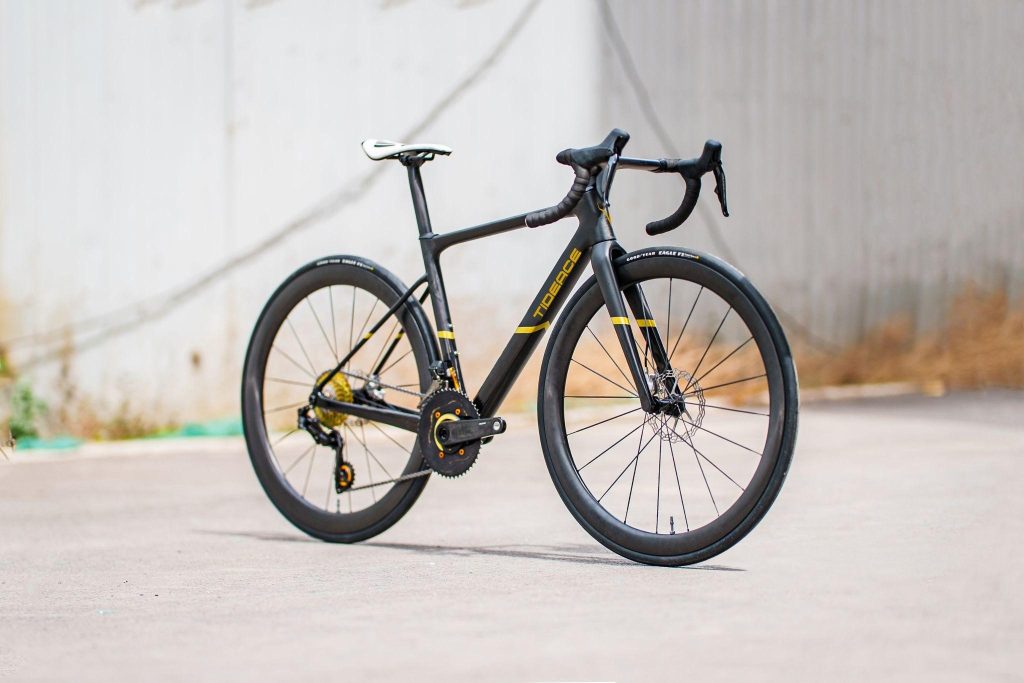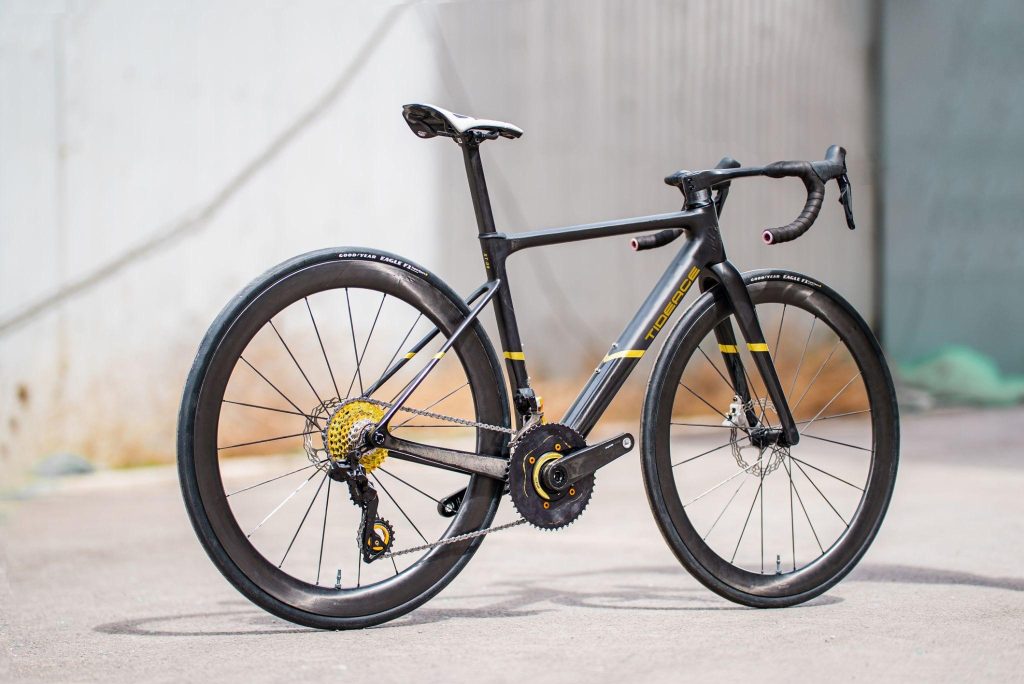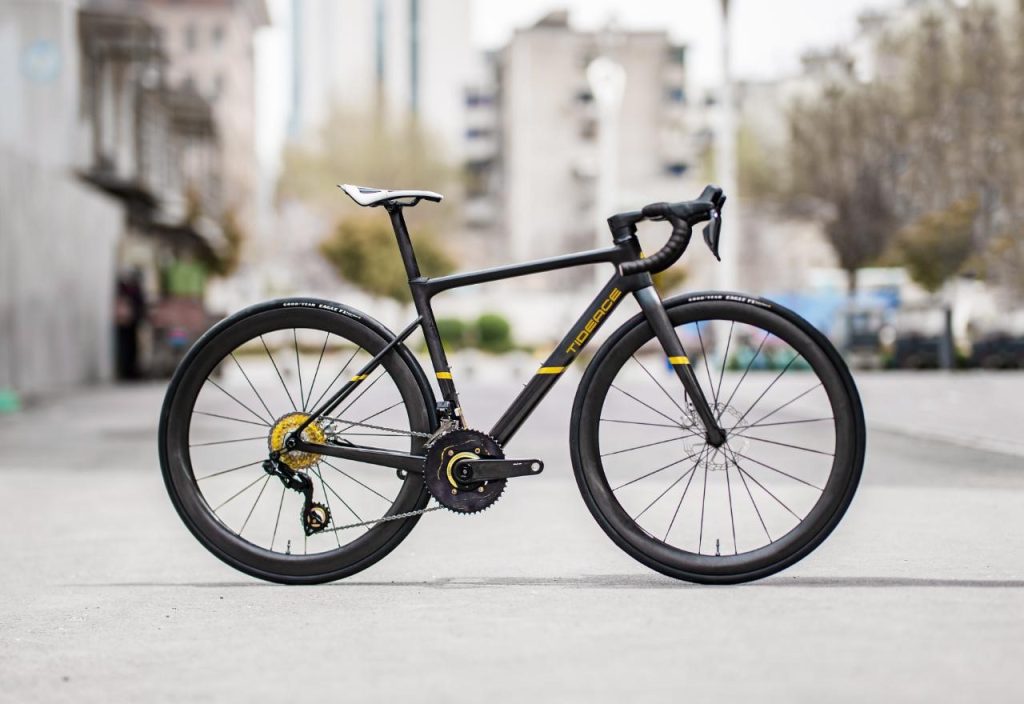For road cyclists who live for the feeling of effortless speed and elevation, the ultralight carbon road bike frame has become more than just a piece of equipment — it’s the soul of the modern racing machine. Whether you’re climbing the Alps, competing in a local criterium, or chasing KOMs on weekend rides, a lightweight carbon frame defines how your bike accelerates, handles, and responds to every watt you put down.
1. The Evolution of Lightweight Carbon Frames
Over the last two decades, carbon fiber has revolutionized the design of road bicycles. Early aluminum and steel frames offered durability, but they could never compete with the stiffness-to-weight ratio that modern carbon technology delivers. Today’s carbon fiber road bike frames weigh as little as 750 grams, with advanced lay-up structures that balance vertical compliance with lateral rigidity.
Manufacturers now use high-modulus carbon like T700, T800, and T1000 fibers, allowing engineers to tune frame stiffness and ride feel in specific zones. Down tubes and bottom brackets are reinforced for maximum power transfer, while seat stays are flattened to absorb road buzz — creating the ideal balance between efficiency and comfort.
2. Why Weight Still Matters in Road Cycling
In professional racing, saving even 100 grams can make a measurable difference over long climbs. That’s why the best ultralight road bikes are often designed with obsessive precision — not just in frame weight, but in every component.
A carbon ultralight road bike frame directly influences climbing performance by improving power-to-weight ratio. Less mass means faster acceleration on steep gradients and more responsive handling when sprinting out of corners. For endurance riders, the reduced weight also translates to less fatigue over long distances, especially when combined with an efficient aerodynamic wheelset and compact gearing.
| Bike Type | Typical Frame Weight | Ideal Use Case |
| Carbon Ultralight Road Bike Frame | 700–900g | Mountain climbs, racing |
| Endurance Carbon Frame | 950–1100g | Long-distance comfort |
| Alloy Frame | 1200–1500g | Training, budget builds |
3. Engineering Behind the Ultralight Design
Achieving a true ultralight frame isn’t just about removing material. The secret lies in precision engineering and smart carbon lay-up techniques. Modern carbon frames are crafted through monocoque molding, which ensures uniform strength across the entire structure while minimizing resin weight.
Manufacturers also use finite element analysis (FEA) to simulate stress distribution during pedaling and cornering. This allows designers to reinforce critical zones (like the bottom bracket shell and head tube junction) without adding unnecessary grams elsewhere.
The result? A lightweight road bike frame that remains stiff under sprint power but smooths out rough tarmac — the ultimate dual personality of performance and comfort.
4. Comparing Framesets: Ultralight vs. Aero vs. Endurance
Each style of carbon road bike frameset serves a different purpose. The ultralight climbing frame focuses on weight reduction and responsiveness, while an aero road frame is optimized for slicing through headwinds with minimal drag. Endurance frames, on the other hand, prioritize comfort and stability over long hours in the saddle.
If your riding style leans toward mountain climbs and punchy acceleration, an ultralight carbon frame offers the most rewarding experience. But for flat or windy conditions, pairing a lightweight frame with an aerodynamic cockpit — such as carbon aero bars or a deep-section wheelset — creates a versatile, all-round setup.

5. The Hidden Benefits: Vibration Damping and Ride Feel
What separates a great carbon road bike frame from a merely good one is not just its weight, but how it feels on the road. The natural damping characteristics of carbon fiber help absorb micro-vibrations, reducing arm and back fatigue on long rides.
High-quality ultralight carbon road bike frames use multi-directional fiber layering to isolate road chatter while keeping the bike lively and responsive. Riders often describe it as a “quiet speed” — fast, smooth, and connected to the pavement.
6. Choosing the Right Frame for Your Build
When selecting your carbon fiber road bicycle frame, consider your priorities:
- Climbing performance: Look for sub-900g frames with compact geometry.
- Comfort and stability: Opt for slightly more relaxed endurance geometry.
- Race-level stiffness: Choose frames with oversized bottom brackets and tapered head tubes.
Brands like Tideace, Cervélo, and Giant continue to push the limits of frame technology. For custom builds, models such as the Tideace CR266 or CR068 carbon frameset provide an excellent starting point — combining race geometry with impressive weight savings.
7. Final Thoughts: Lightness with Purpose
An ultralight carbon road bike frame is not about bragging rights or hitting the scale under 800 grams. It’s about how a well-engineered frame transforms every climb, every corner, and every ride into a more fluid and efficient experience.
For cyclists who appreciate precision and performance, investing in a lightweight carbon road bike frame means owning a piece of technology designed to amplify your strengths. It’s where design, science, and passion meet — and where true cycling performance begins.

